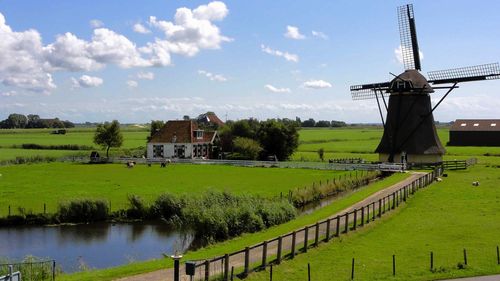The term ‘cultural identity’ refers to the unique characteristics of a particular group that sets them apart from others. It includes a range of factors such as customs, language, beliefs, and values, among others. Discovering one’s cultural identity can be an enriching experience that leads to a sense of belonging, pride, and unity within a community. In this article, we will explore some examples of different groups that have a distinct cultural identity.
Firstly, let’s look at indigenous cultures. Indigenous communities have a rich history and a unique set of beliefs and customs that have been passed down for generations. From the Maoris in New Zealand to the First Nations in Canada, these communities are deeply rooted in their cultures. For example, the Maori haka is a traditional dance that is performed at many events, including weddings and funerals. It is a powerful way of expressing their cultural identity and has become a symbol of their tribe’s strength and unity.
Next, let’s examine the African-American culture. After centuries of struggle and oppression, the African-American community has developed a strong sense of identity that is deeply rooted in their history. From the music to the fashion, African-American culture has had a profound impact on the world. Take, for example, hip-hop music, which originated in the Bronx, New York City. It has become a global phenomenon, giving a voice to an entire generation that was previously unheard.
Moving on, let’s consider the LGBTQ+ community. This community has come a long way in terms of acceptance and visibility in recent years. Still, their cultural identity is often misunderstood or overlooked. Within the LGBTQ+ community, there are subcultures that have their own set of beliefs and practices. One such group is the drag community, which has become a significant part of LGBTQ+ culture. Drag queens and kings have created a space for themselves where they can fully express themselves and their identities.
Finally, let’s talk about the Deaf community. Deaf culture is often overlooked, even though it is a vibrant and rich culture with its own language, customs, and traditions. American Sign Language (ASL) is a unique language that has been developed by the Deaf community. It is a visual language that uses hand gestures and facial expressions to convey meaning. The Deaf community has their own traditions and customs, such as the Deaf Olympics, which is an international sporting event for deaf athletes.
In conclusion, discovering one’s cultural identity is a crucial step towards self-awareness and developing a sense of belonging. Learning about different cultures and communities makes us more empathetic and understanding. The examples we have discussed in this article – indigenous cultures, African-American culture, the LGBTQ+ community, and the Deaf community – are just a few of the diverse groups that make up our world. By celebrating their cultural identities, we can create a world that is more inclusive, diverse, and beautiful.
(Note: Do you have knowledge or insights to share? Unlock new opportunities and expand your reach by joining our authors team. Click Registration to join us and share your expertise with our readers.)
Speech tips:
Please note that any statements involving politics will not be approved.
